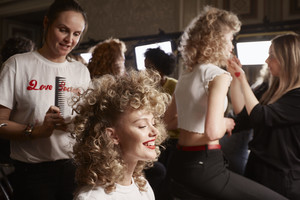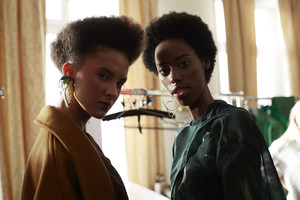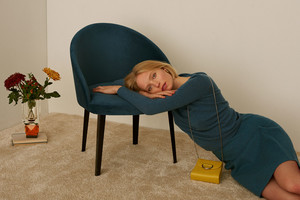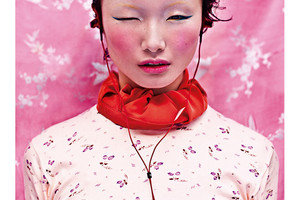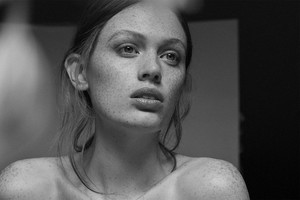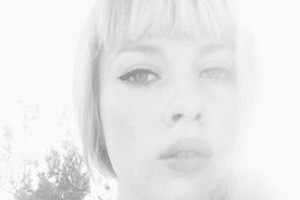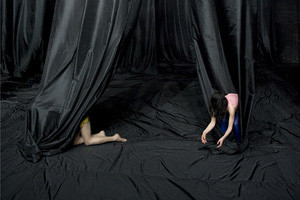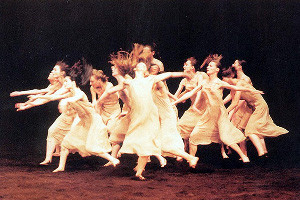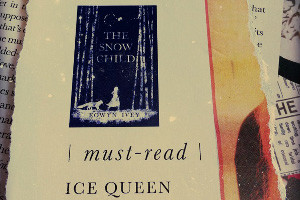sania d’mina Debuts in Nordiska Kompaniet’s Iconic Ljusgården
Written by Jahwanna BerglundSwedish shoe brand sania d’mina is marking a new milestone with a striking presentation at Nordiska Kompaniet’s Ljusgården in Stockholm. The pop-up invited visitors into founder and designer Sania Claus Demina’s world, where Italian craftsmanship meets timeless elegance and contemporary comfort.
The immersive setting designed by Daniel Kutlesovski, with photography by Erik Lefvander and creative production by Caroline Nyström—translated Demina’s personal vision into a refined environment that mirrors the brand’s DNA.
“For sania d’mina to take place in NK’s Ljusgården is a dream come true. I’ve carried this vision for a long time, and being able to invite people into our universe here feels like a milestone, both personally and for the brand,” says Sania Claus Demina.
Founded in 2018, sania d’mina was born out of Demina’s lifelong fascination with shoes and her relentless pursuit of the perfect balance between comfort and style. Since then, the brand has evolved into a symbol of uncompromising quality and timeless design creating shoes that are flattering, elegant, and a joy to wear.
While the NK pop-up was live September 11–14, 2025, those who missed it can still experience the world of sania d’mina by booking private appointments at the brand’s Stockholm showroom.


